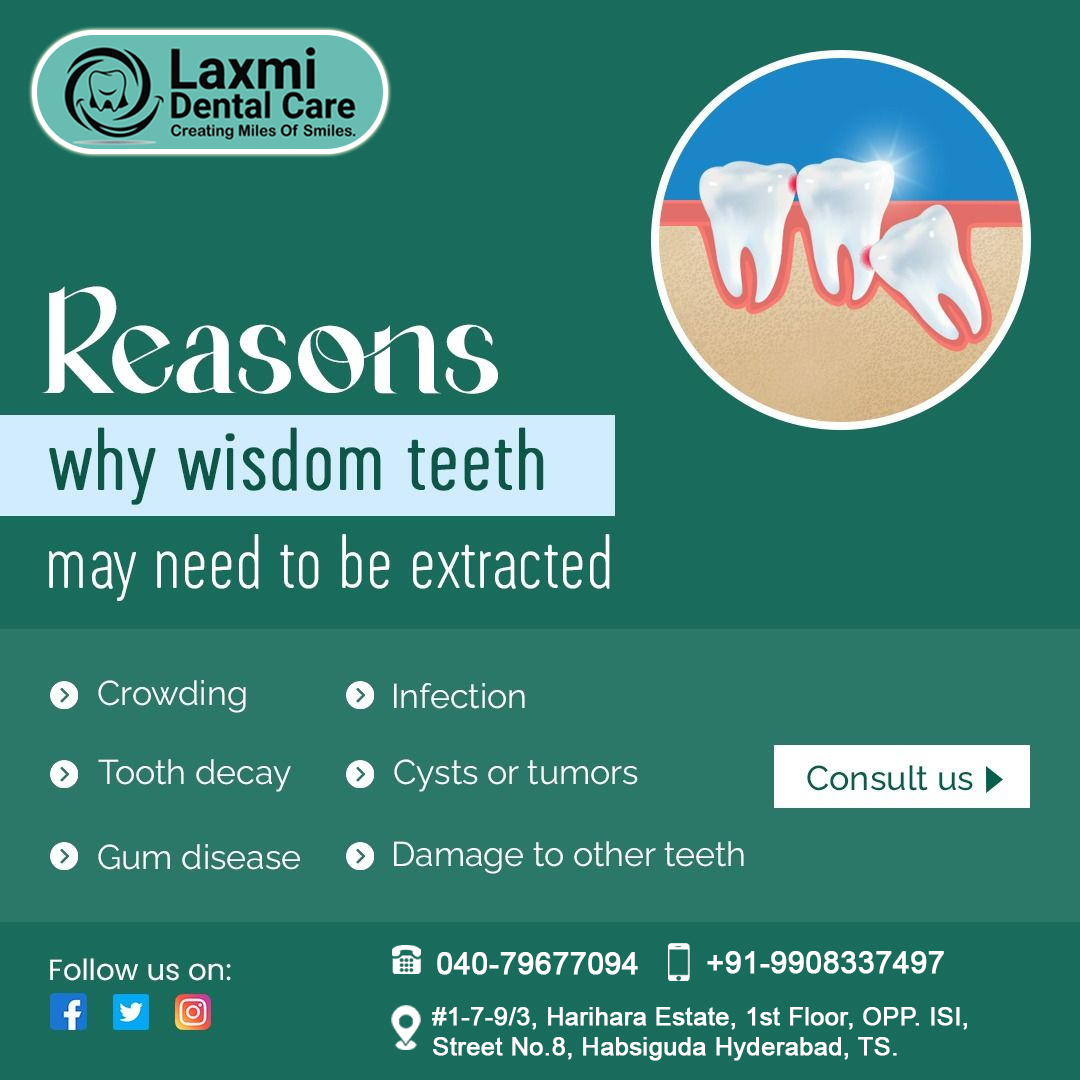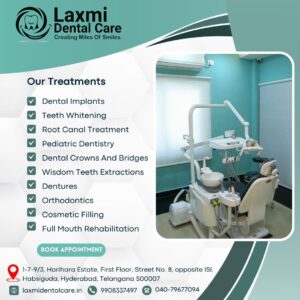“Disimpaction” (Wisdom Tooth Removal) in dentistry generally refers to the process of removing an impacted tooth. An impacted tooth fails to emerge fully through the gums into its normal position. This often occurs with third molars, commonly known as wisdom teeth, but can also involve other teeth.
Impacted teeth can cause various issues, including pain, infection, and potential damage to surrounding teeth. Therefore, disimpaction is a common dental procedure performed to alleviate these problems. The most common type of tooth disimpaction involves the removal of impacted wisdom teeth.
The process of disimpaction typically involves the following steps:
Assessment: The dentist or oral surgeon will conduct a thorough examination, which may include X-rays or other imaging studies, to evaluate the position and orientation of the impacted tooth.
Treatment Planning: Based on the assessment, the dental professional will develop a treatment plan that may include the removal of the impacted tooth.
Anesthesia: Before the procedure, the patient is usually given local anesthesia to numb the affected area. In some cases, especially for more complex or multiple extractions, general anesthesia might be considered.
Incision: An incision is made in the gum tissue overlying the impacted tooth to expose the tooth and surrounding bone.
Bone Removal: If necessary, the oral surgeon may remove a portion of the bone to access and extract the impacted tooth more easily.
Tooth Extraction: The impacted tooth is carefully extracted from its position. In some cases, the tooth may need to be sectioned into smaller pieces for easier removal.
Suturing: The incision in the gum tissue is then closed with stitches.
Postoperative Care: Patients receive postoperative instructions, including guidelines for oral hygiene, pain management, and any necessary follow-up appointments.
Disimpaction is often recommended when impacted teeth cause symptoms such as pain, swelling, or infection or if they pose a risk to adjacent teeth or structures. It is a routine and commonly performed oral surgery procedure, and advancements in surgical techniques and anesthesia make it a generally safe and well-tolerated intervention. Patients are typically advised to follow postoperative care instructions carefully to promote proper healing and minimize the risk of complications.





